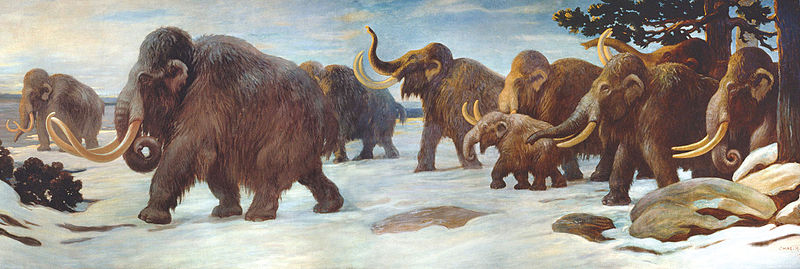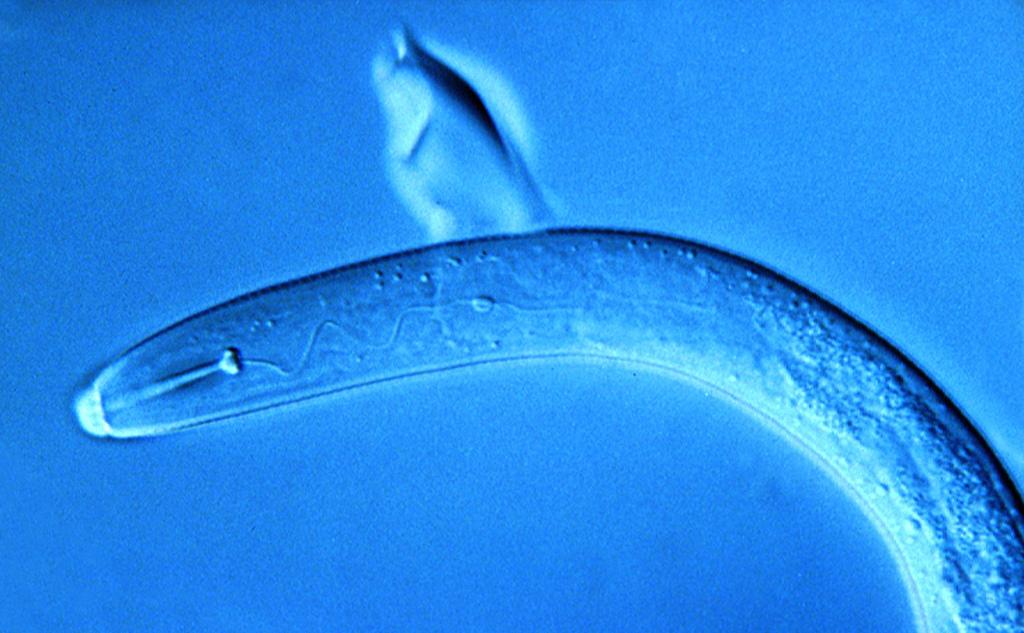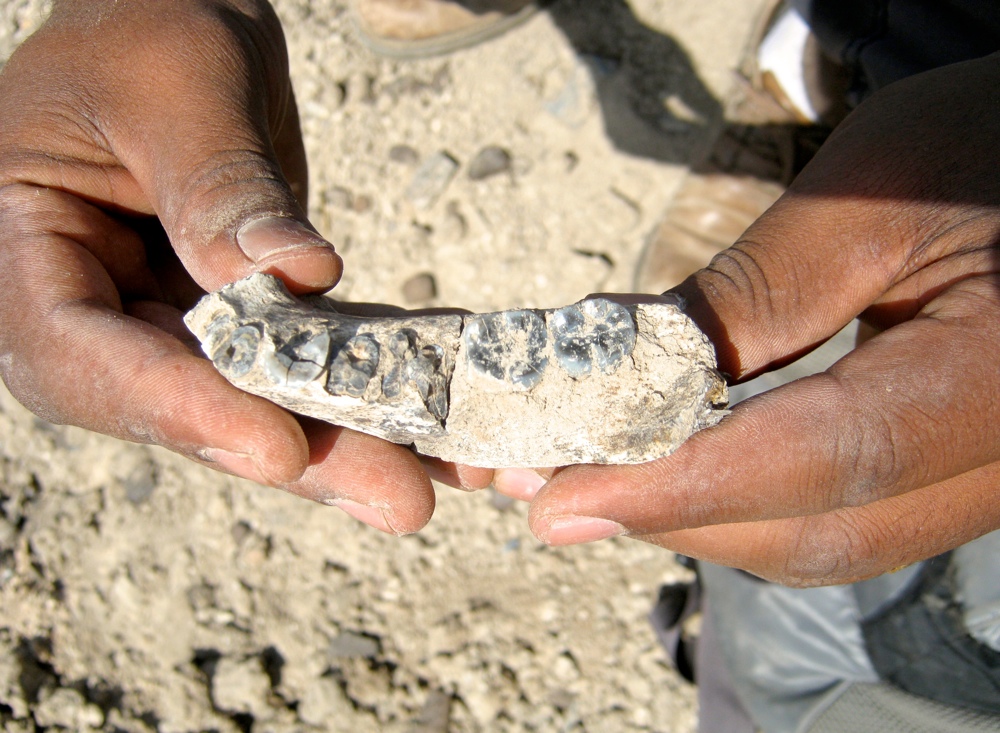The Celts, in addition to being a basketball team from Boston, were at one time a distinct cultural presence throughout much of Western Europe during the age of Antiquity, and dominant well into the early Middle Ages, even long after they converted to Christianity. While they have prominent burials and monuments that can be found throughout Europe – they have typically been associated with the culture of Ireland and Scotland, despite having encampments as far as Slavic countries such as Poland.
These people, who created Europe’s first intricate road system in what is now modern France, never actually referred to themselves as Celtic. Rather, the name “Keltoi” meaning “mysterious” was first applied to them by the ancient Greeks, who looked down on them as barbarians of the north – due to such factors as their unusual language (the third oldest in Europe, after Greek) and their pagan religion that recognized nearly 400 different gods and was rumored to involve human sacrifice.
So what set these tribes apart from the many nomadic tribes of ancient Europe? A bit less than was once imagined, as a recent DNA analysis of modern day Britons suggests that the Celts cannot be defined genetically in the United Kingdom.
The data, published in Nature this week, suggests that people of so-called “Celtic ancestry” from Scotland and Cornwall are more closely linked to English ancestry than they are to any other Celtic groups.
The study also described a few genetic differences throughout Great Britain, which indicate various regional identities.
One of the most crucial events in ancient English history is the invasion of the Anglo Saxons some 1,500 years ago, who rather than eradicate the Britons living on the island, ended up assimilating with them.
For their study, the researchers surveyed 2,000 individuals, largely middle-aged and Caucasian, who lived throughout the United Kingdom. Each participant was also required to include data of all four grandparents in the study, many who came from rural areas.
The selection method separated the population from those with long lines of British ancestry from those that immigrated to the U.K. in the early to mid-20th century.
Professor Peter Donnelly who led the study, said that the results show that while the results do not single out the existence of one genetic Celtic group, regional identities in Great Britain do have a genetic basis.
“Many of the genetic clusters we see in the west and north are similar to the tribal groupings and kingdoms around, and just after, the time of the Saxon invasion, suggesting these kingdoms maintained a regional identity for many years,” he said to BBC News.
Prof Donnelly and his team compared the genetic patterns they found against a map of the British Isles from approximately the year AD 600, shortly after the arrival of Anglo Saxons from the area that is currently southern Denmark and northern Germany in the early Middle Ages. By the seventh century, they managed to occupy most of central and southern England.
“We see striking similarities between the genetic patterns we see now and some of these regional identities and kingdoms we see in AD 600, and we think some of that may well be remnants of the groupings that existed then,” he said.
The study was funded by Wellcome Trust, which is currently involved with the People of the British Isles Research Project. The researchers had also learned that people living in northern England have more genetic similarities to people living in Scotland than to those living in southern England.
People of both North and South Wales also have a greater genetic disparity between each other than English people do from the Scots living north of them; and in Northern Ireland there are in fact two distinct genetic groupings – uncovering considerable patterns of migration throughout Late Antiquity.
Prof Mark Robinson is an archaeologist and colleague of Prof Donnelly at Oxford University, and was “very surprised” that these groups of what were culturally Celtic people living in Cornwall, Wales, Northern Ireland and Scotland had so many diverse genetic patterns.
“I had assumed at the very early stages of the project that there was going to be this uniform Celtic fringe extending from Cornwall through to Wales into Scotland. And this has very definitely not been the case,” said Robinson.
Distinct genetic groups formed in each region – but bore many differences between each other.
“Although people from Cornwall have a Celtic heritage, genetically they are much, much more similar to the people elsewhere in England than they are to the Welsh for example,” said Prof Donnelly.
“People in South Wales are also quite different genetically to people in north Wales, who are both different in turn to the Scots. We did not find a single genetic group corresponding to the Celtic traditions in the western fringes of Britain.”
The finding is the first time DNA evidence has supported an assertion that archaeologists like Robinson have long been making. The Celts were much more of a shared culture than a label that refers to a line of descent.
Robinson was happy with the results for another reason as well. They brought a little more objective evidence on what historians have long labeled as Britain’s Dark Ages, between AD 400 and 600, after which the ancient Roman Empire fell and their soldiers no longer occupied the island.
Entire towns became abandoned in the years that followed. The language spoken throughout much of what is now England changed to Anglo Saxon, which later evolved into Middle and modern English. Even the pottery styles changed, and new grains were grown, introduced to the isle from Denmark.
A long point of contention between both historians and archaeologists alike was whether the cultural changes were the result of the Saxons not only successfully occupying the island, but also fully replacing the population when they moved west. This could have been likely were the Saxons to spread disease, as one possibility.
Other evidence suggests that the Britons remaining just gave up their culture for the newly introduced Saxon ways.
The new analysis revels moderate levels of Saxon DNA, indicating that native Britons and Saxons lived alongside each other, and eventually became English. However, some evidence shows that this may not have happened quickly, but the result of eventual trade between British and Saxon communities over at least a century.
For possibly the first time, genetics has been able to give a clearer picture into a long historic controversy, where written sources are scarce.
As this all happened, the Celts likely retained their identity throughout both the western and northern regions of England when regions became occupied by Anglo Saxon conquest.
So what about all the variation between Anglo Saxons and Celtic populations? It could be as simple as a product of time, according to Donnelly.
“If groups have been separated for a period of time, they will diverge genetically so some of the differences we see genetically are the result of those kinds of effects,” he said.
Of the two genetic groupings isolated in Northern Ireland: one is closely related to their neighbors living across the sea in western Scotland and in the Highlands; while the other has been traced to individuals in both the southern portions of Scotland and England.
The former grouping is similar to patterns seen near what was once the kingdom of Dal Riata 1,500 years ago, a land divided among three brothers according to legend. The other grouping likely represents the descendants of the Ulster Plantations.
The Orkney Islands also finds some traces of Norwegian DNA, reflecting the Islands’ settlement by the Vikings. However, it occurs at levels fairly low, suggesting that a great deal of assimilation took place, casting some doubt that the Vikings were nothing but bloodthirsty warriors – they did in fact have considerable interaction with the people on the Islands. The concentrations are about the same as the traces of Anglo Saxon DNA on the mainland.
When the Vikings invaded England, they did destroy a number of villages that they marauded through, establishing a ruling council known as the Danelaw as they conquered new territory. However, these raids left little genetic evidence, if they left any at all – indicating swift military victories rather than the encroachment of large populations on the area and assimilation of culture.
By comparison, the Norman invasion in 1066, the last time that Great Britain was successfully conquered by a foreign invader, the legendary William the Conqueror, also left little genetic evidence.
|
|
James Sullivan
James Sullivan is the assistant editor of Brain World Magazine and a contributor to Truth Is Cool and OMNI Reboot. He can usually be found on TVTropes or RationalWiki when not exploiting life and science stories for another blog article.
|













